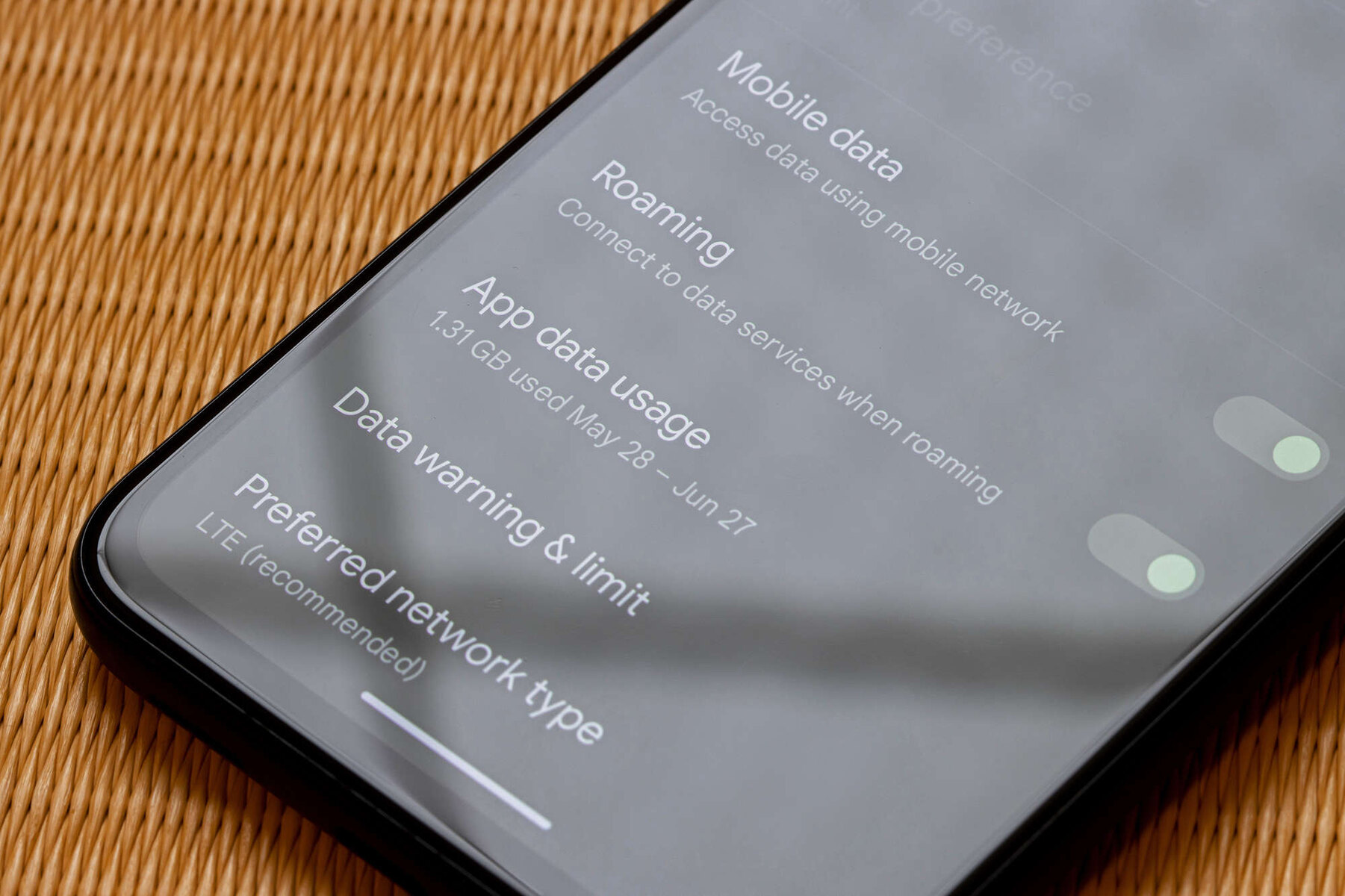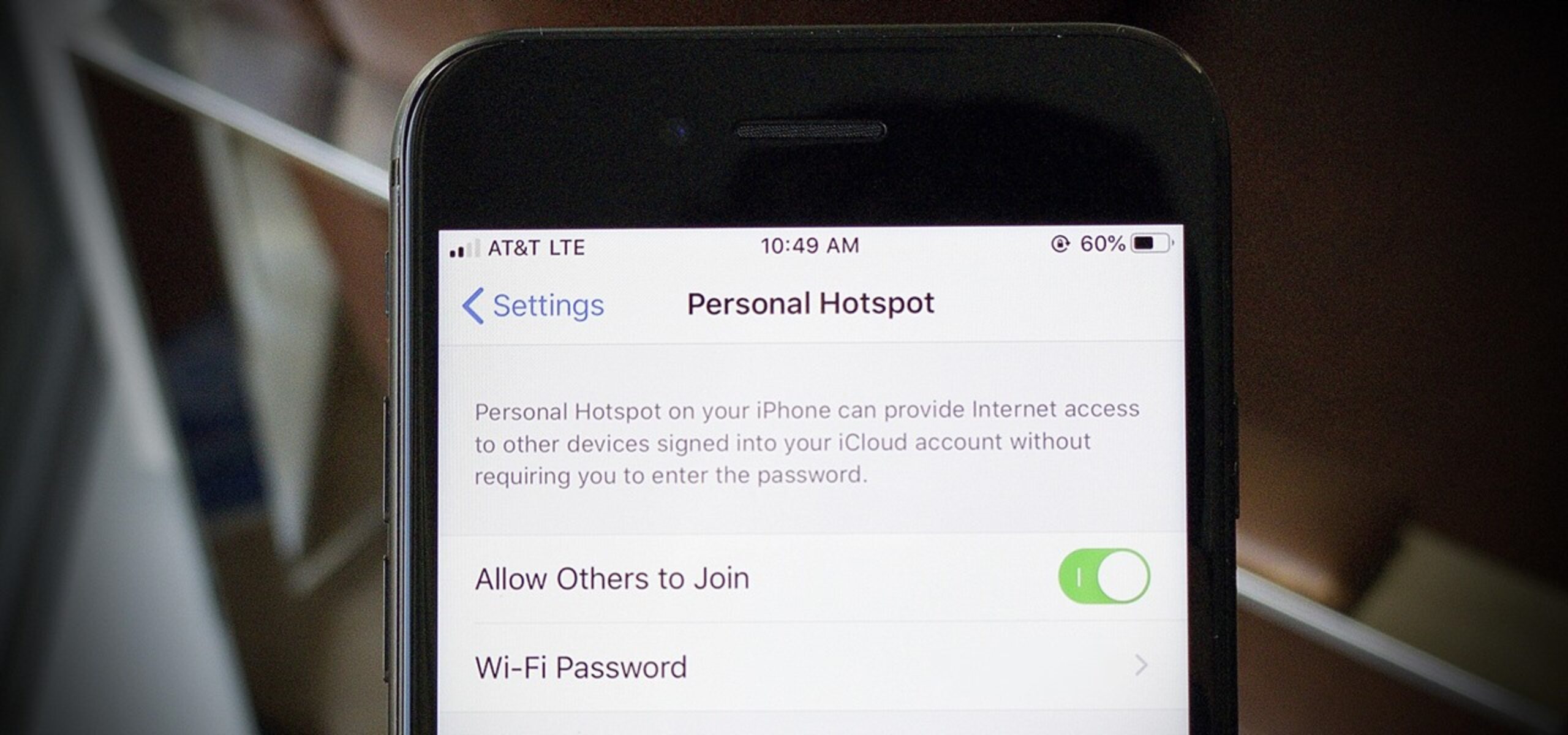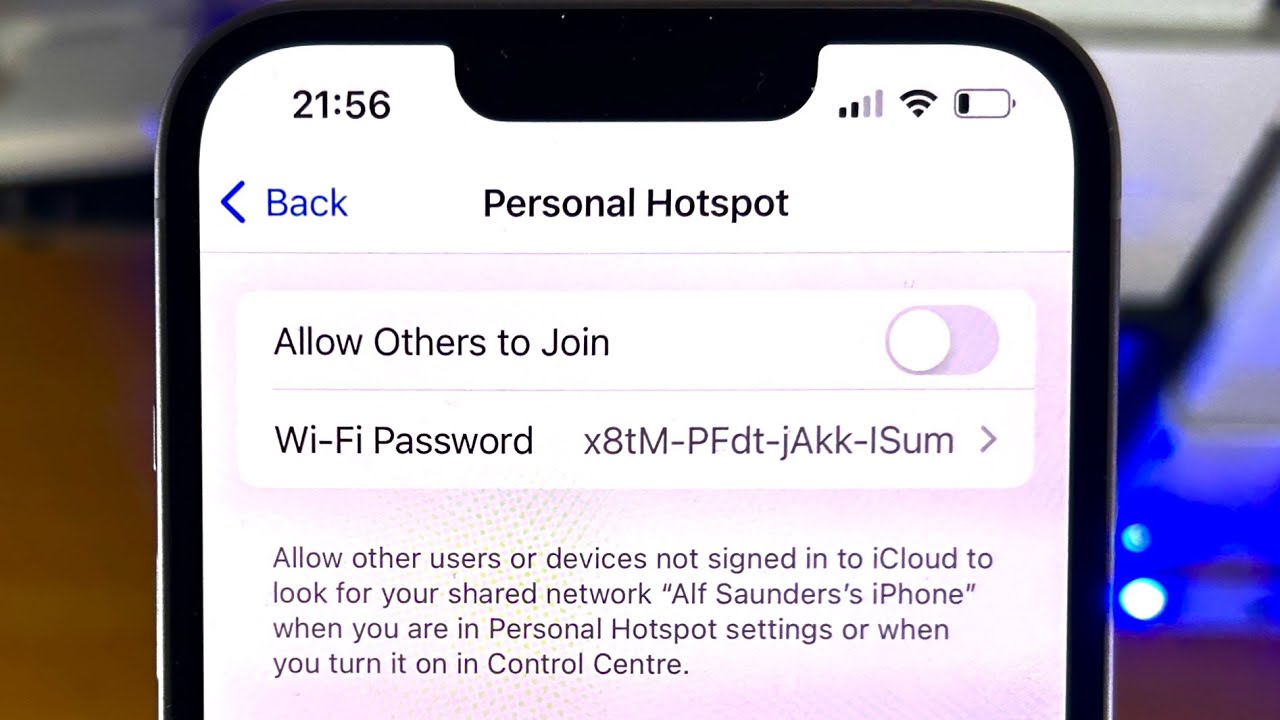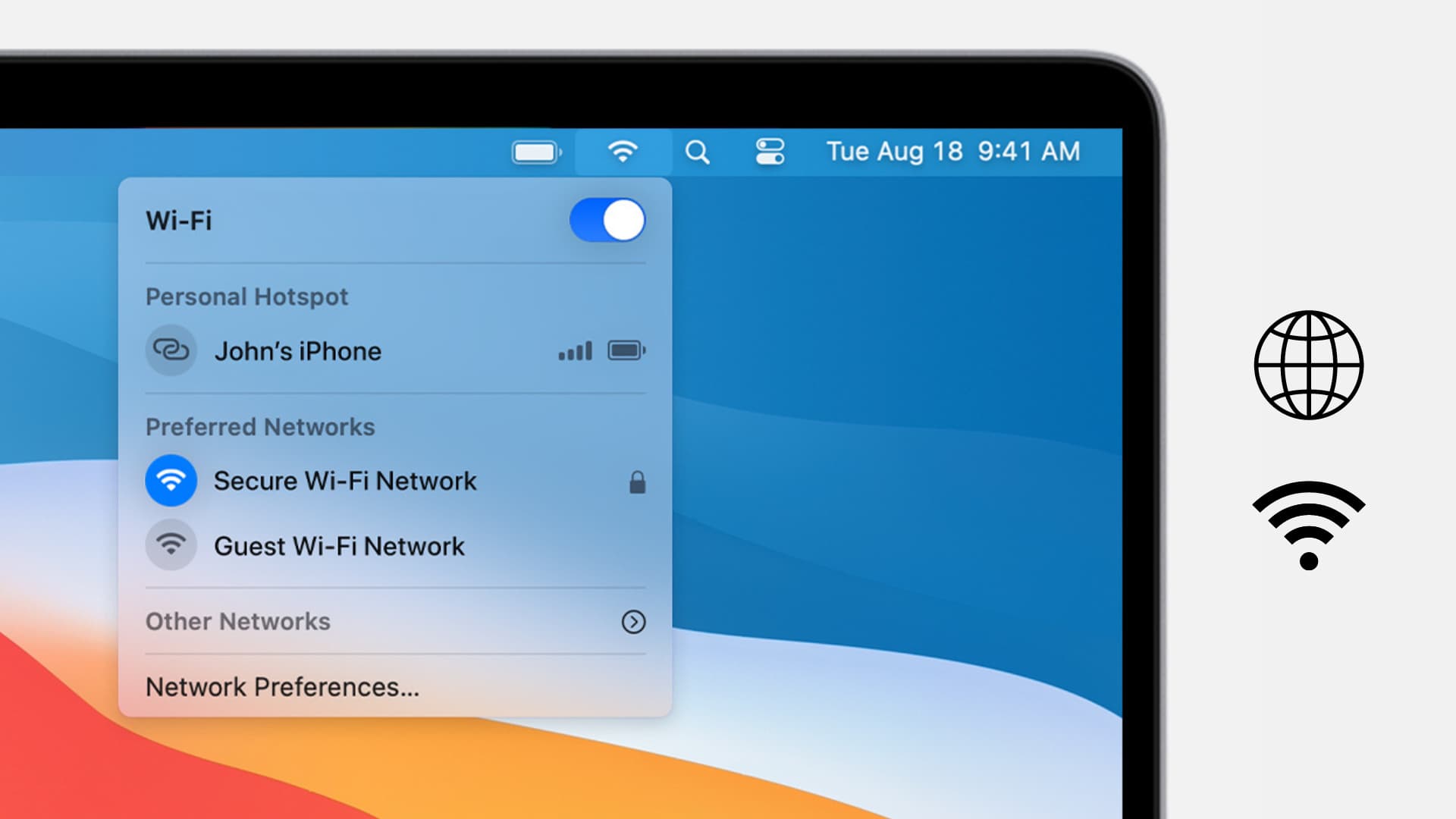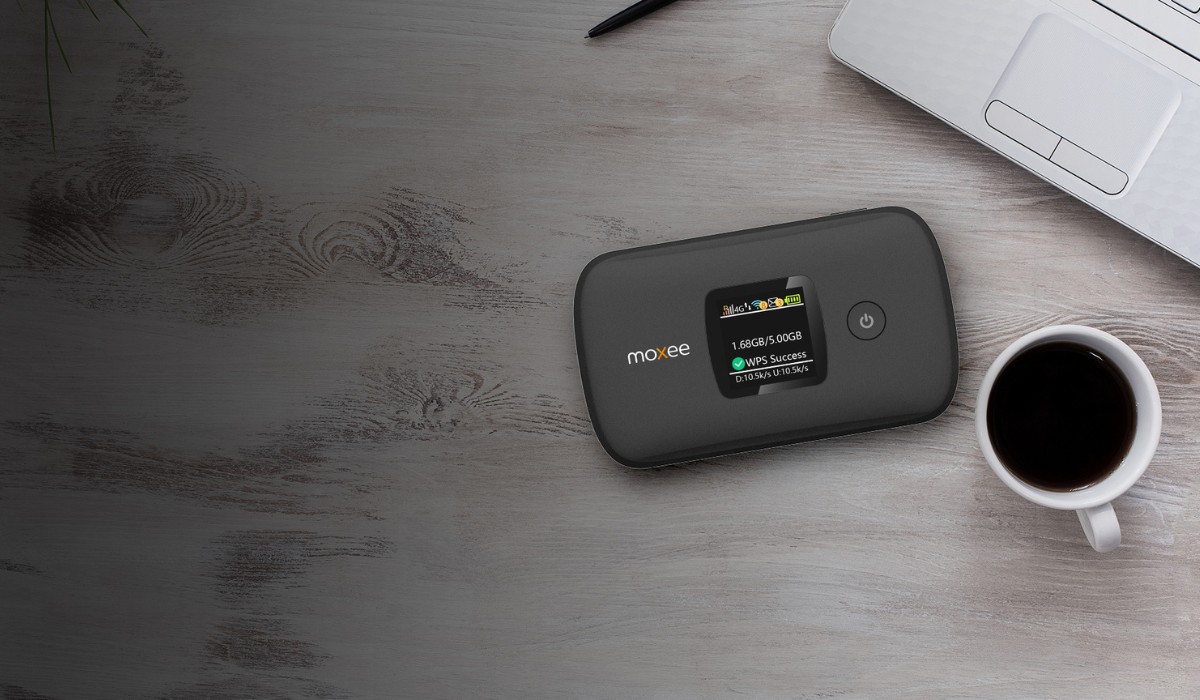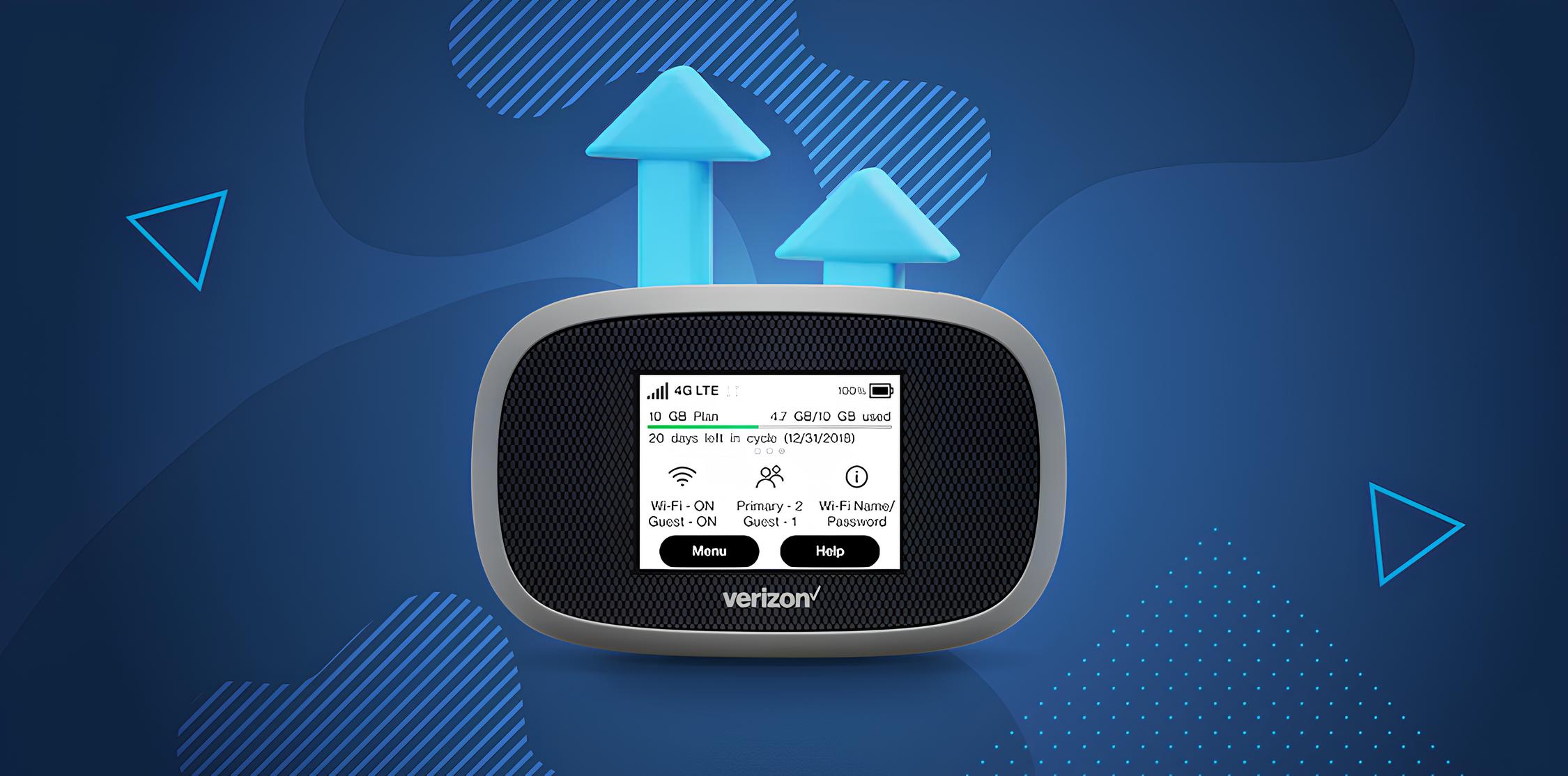Introduction
In today's digital age, staying connected is an essential part of our daily lives. Whether it’s for work, entertainment, or keeping in touch with loved ones, having access to reliable internet is crucial. With the increasing reliance on mobile devices for internet connectivity, the use of mobile hotspot features has become prevalent.
As more people turn to mobile hotspots to access the internet on the go, understanding the hotspot data reset schedule is paramount. This schedule plays a pivotal role in managing data usage and ensuring a seamless internet experience. Whether you’re using a mobile hotspot for remote work, streaming content, or simply browsing the web, being aware of the data reset schedule can help you make the most of your data plan.
In this comprehensive guide, we will delve into the intricacies of the hotspot data reset schedule, its significance, and how to effectively manage it. Additionally, we will explore practical tips for optimizing hotspot data usage, empowering you to make informed decisions and maximize the utility of your mobile hotspot.
Understanding the hotspot data reset schedule is not only beneficial for individual users but also for businesses and organizations that rely on mobile hotspots for connectivity. By gaining insight into this aspect of mobile data management, users can avoid unexpected interruptions, stay within data limits, and maintain a seamless connection to the online world.
Now, let's embark on a journey to unravel the nuances of the hotspot data reset schedule and equip ourselves with the knowledge to harness the full potential of mobile hotspot technology. Whether you’re a seasoned mobile hotspot user or just getting started, this guide will provide valuable insights to enhance your connectivity experience.
What is a Hotspot Data Reset Schedule?
A hotspot data reset schedule refers to the recurring time frame at which the data usage counter for a mobile hotspot resets to zero. This reset period typically aligns with the billing cycle of the mobile data plan associated with the hotspot device. When a hotspot data reset occurs, the accumulated data usage from the previous cycle is cleared, and the data counter begins anew, reflecting zero usage.
Understanding the hotspot data reset schedule is essential for effectively managing data usage and avoiding potential overage charges. By being cognizant of when the data counter resets, users can plan their data consumption more strategically, ensuring that they stay within their allotted data limits and avoid interruptions to their internet connectivity.
For individuals and businesses that rely on mobile hotspots for internet access, the data reset schedule serves as a vital reference point for monitoring and regulating data usage. It allows users to gauge their data consumption patterns, identify peak usage periods, and adjust their online activities accordingly to optimize data utilization.
Moreover, the hotspot data reset schedule plays a crucial role in aligning data usage with billing cycles, enabling users to make informed decisions about their data plans. By synchronizing their data usage habits with the reset schedule, individuals and organizations can effectively manage costs and avoid unnecessary expenses associated with exceeding data limits.
In essence, the hotspot data reset schedule serves as a foundational element in the efficient utilization of mobile hotspot data. It empowers users to stay informed about their data usage patterns, make proactive adjustments to their online activities, and maintain a well-managed approach to leveraging mobile hotspot connectivity.
By gaining a clear understanding of the hotspot data reset schedule, users can navigate the intricacies of data management with confidence, ensuring that their internet connectivity remains consistent, cost-effective, and aligned with their specific usage needs.
Why is it Important to Understand the Hotspot Data Reset Schedule?
Understanding the hotspot data reset schedule holds immense significance in the realm of mobile data management. This understanding empowers users to make informed decisions, optimize data usage, and avoid potential pitfalls associated with exceeding data limits. Here are several compelling reasons why comprehending the hotspot data reset schedule is crucial:
Data Management and Planning
By knowing when the hotspot data resets, users can effectively manage their data usage throughout the billing cycle. This awareness allows for strategic planning, enabling individuals and organizations to allocate data resources efficiently. Understanding the reset schedule facilitates the distribution of data usage across the billing period, helping users avoid sudden data depletion and subsequent disruptions to their internet connectivity.
Avoiding Overage Charges
One of the primary reasons to grasp the hotspot data reset schedule is to prevent incurring additional charges due to exceeding data limits. When users are aware of when the data counter resets, they can monitor their data consumption and make adjustments as necessary to stay within their allotted data allowance. This proactive approach mitigates the risk of surpassing data limits and incurring overage fees, contributing to cost-effective data management.
Optimizing Data Utilization
Understanding the hotspot data reset schedule empowers users to optimize their data utilization patterns. By aligning their data usage habits with the reset schedule, individuals and businesses can strategically plan data-heavy activities during periods with ample data allowance. This approach enables efficient utilization of data resources, ensuring that high-impact tasks, such as video conferencing or large file downloads, are carried out when the data counter has been reset, thereby maximizing the available data quota.
Aligning with Billing Cycles
The hotspot data reset schedule aligns with the billing cycles of mobile data plans. This synchronization allows users to make informed decisions about their data usage in relation to their billing periods. By understanding the reset schedule, individuals and organizations can optimize their data consumption to coincide with the commencement of new billing cycles, effectively managing costs and avoiding unnecessary expenses associated with exceeding data limits.
In essence, understanding the hotspot data reset schedule is vital for efficient data management, cost control, and seamless connectivity. By comprehending the nuances of the reset schedule, users can navigate the complexities of data usage with foresight, ensuring that their internet connectivity remains uninterrupted and aligned with their specific usage needs.
How to Check and Manage the Hotspot Data Reset Schedule
Checking and managing the hotspot data reset schedule is pivotal for effectively regulating data usage and ensuring a seamless internet experience. Here are the essential steps to check and manage the hotspot data reset schedule:
1. Consult the Service Provider or Device Manual
The first step in understanding the hotspot data reset schedule is to refer to the service provider's documentation or the device manual. Service providers often outline the specifics of data reset schedules in their terms of service or support documentation. Additionally, the device manual for the mobile hotspot or the associated mobile device may contain relevant information about the data reset cycle.
2. Access the Device Settings
Many mobile hotspot devices offer settings that allow users to view data usage details and the next reset date. By accessing the device settings, users can navigate to the data usage or data management section, where they can find information about the current data cycle, reset date, and total data usage. This enables users to stay informed about their data consumption and plan their usage accordingly.
3. Utilize Mobile Apps or Online Account Management
Several service providers offer mobile apps or online account management portals that provide comprehensive insights into data usage and reset schedules. By downloading the provider's mobile app or logging into the online account management platform, users can access detailed data usage reports, upcoming reset dates, and personalized usage alerts. These tools empower users to monitor their data usage proactively and make informed decisions based on their consumption patterns.
4. Set Usage Alerts and Notifications
Many mobile hotspot devices and service provider platforms allow users to set usage alerts and notifications. By configuring these alerts, users can receive timely notifications as they approach specific data thresholds or when the data reset is imminent. This proactive approach enables users to stay vigilant about their data consumption and take necessary actions to manage their usage effectively.
5. Adjust Data Consumption Habits
Armed with knowledge about the hotspot data reset schedule, users can adjust their data consumption habits to align with the reset cycle. This may involve scheduling data-intensive activities, such as large downloads or streaming sessions, shortly after the data reset to maximize the available data quota. By strategically planning data usage, users can optimize their connectivity experience and avoid potential disruptions due to data depletion.
By following these steps, users can effectively check and manage the hotspot data reset schedule, empowering them to make informed decisions about data usage, avoid overage charges, and maintain a seamless internet connection throughout the billing cycle. Understanding the nuances of the data reset schedule enables users to harness the full potential of their mobile hotspot while staying within their data limits and optimizing their connectivity experience.
Tips for Optimizing Hotspot Data Usage
-
Utilize Data-Saving Features: Many modern devices and applications offer data-saving features that can significantly reduce data consumption without compromising the user experience. Enable data-saving modes in streaming apps, web browsers, and operating system settings to minimize data usage during online activities.
-
Monitor Background Data Usage: Background apps and processes can consume data without the user's explicit knowledge. Regularly review and restrict background data usage for applications that are not essential for immediate functionality. This can be done through device settings or specific app configurations.
-
Employ Wi-Fi Offloading: Whenever possible, prioritize Wi-Fi connectivity over the mobile hotspot to offload data usage. Encourage users to connect to Wi-Fi networks in their vicinity to conserve hotspot data for situations where Wi-Fi access is unavailable.
-
Opt for Compressed Content: Choose settings that prioritize the delivery of compressed content when streaming videos or accessing web pages. Compressed content requires less data to transmit, contributing to reduced data consumption during online activities.
-
Update and Optimize Apps: Keep apps and operating systems updated to benefit from performance enhancements and potential data-saving optimizations. Additionally, review app settings to ensure that data-intensive features, such as automatic updates and background synchronization, are configured to align with data conservation goals.
-
Leverage Browser Data Compression: Utilize web browsers that offer data compression features, which can significantly reduce the amount of data transmitted during web browsing sessions. Popular browsers often include built-in data compression functionalities that can be enabled to economize data usage.
-
Implement Ad Blocking: Advertisements embedded within websites and apps can contribute to substantial data consumption. Consider implementing ad-blocking solutions to minimize data usage attributed to ad content, thereby optimizing the overall data utilization.
-
Schedule Data-Intensive Tasks Wisely: Plan data-heavy activities, such as system updates, large file downloads, and content streaming, during periods with ample data allowance, ideally following the hotspot data reset. This strategic scheduling helps maximize the available data quota and minimize the risk of exceeding data limits.
By implementing these tips, users can effectively optimize their hotspot data usage, ensuring efficient data management, cost control, and a seamless connectivity experience. These proactive measures empower individuals and organizations to make the most of their mobile hotspot connectivity while staying within their data limits and maximizing the utility of their data plans.
Conclusion
In conclusion, understanding the hotspot data reset schedule is fundamental for efficient data management, cost control, and seamless connectivity. By grasping the intricacies of the reset schedule, users can proactively monitor and regulate their data usage, align their online activities with billing cycles, and optimize their overall connectivity experience.
The hotspot data reset schedule serves as a cornerstone for informed decision-making, enabling individuals and organizations to plan and distribute their data usage strategically. This proactive approach minimizes the risk of exceeding data limits and incurring additional charges, ultimately contributing to cost-effective data management.
Moreover, the ability to check and manage the hotspot data reset schedule empowers users to stay informed about their data consumption patterns, make necessary adjustments to their usage habits, and leverage data-saving features effectively. By staying vigilant about data usage and aligning it with the reset schedule, users can maximize their available data quota while mitigating the potential for unexpected interruptions to their internet connectivity.
Furthermore, the tips for optimizing hotspot data usage provide practical strategies for conserving data, prioritizing Wi-Fi connectivity, and scheduling data-intensive tasks wisely. By implementing these tips, users can enhance their data management practices, minimize unnecessary data consumption, and make the most of their mobile hotspot connectivity.
Ultimately, a comprehensive understanding of the hotspot data reset schedule empowers users to navigate the complexities of data usage with confidence and foresight. Whether it's for personal use, remote work, or business operations, the ability to manage data effectively and stay within data limits is paramount for a seamless and uninterrupted internet experience.
By embracing the knowledge and insights shared in this guide, users can harness the full potential of their mobile hotspot connectivity, ensuring that their data usage remains optimized, cost-effective, and aligned with their specific connectivity needs. Armed with this understanding, individuals and organizations can embark on their online endeavors with the assurance of efficient data management and uninterrupted connectivity.







